By Mike Phifer
A signal rocket set off by Confederate pickets streaked skyward in the damp early morning of February 4, 1862. The Rebels had spotted Federal troops beginning to disembark from transport steamers on the east bank of the rain-swollen Tennessee River at Itra Landing near the Kentucky-Tennessee border. The Federals, who belonged to Brig. Gen. John McClernand’s division of Brig. Gen. Ulysses S. Grant’s District of Cairo Army, had come to capture the Confederate Fort Henry, which lay eight miles away.
Grant, who had arrived on one of the last steamers, wanted his men landed closer to the key Rebel fort, past Panther Creek 21/2 miles north of Fort Henry. The problem with landing south of Panther Creek was that his transports and men might be in range of the Confederate guns. To determine the accuracy and range of the Rebel guns, Grant boarded the ironclad Essex, one of the gunboats escorting the transport fleet, and ordered Captain William Porter to take the vessel upriver toward Fort Henry and draw enemy fire.
As the Essex steamed past Panther Creek, Rebel guns opened up from the fort. The shots fell short of the gunboat. Grant was confident that he could land his troops south of the creek. Then a shell whistled as it arced over the gunboat and exploded on the bank, splintering some trees. A second shell barely missed Grant and Porter as it crashed into the stern deck, through the captain’s cabin, and out of the other side of the gunboat.
A shaken Grant changed his mind about landing his troops south of the creek. When Grant returned to Itra Landing he ordered McClernand and his men to climb back aboard the steamers and move to Bailey’s Ford, which was three miles from the fort but still on the north side of Panther Creek. When the troops disembarked, the steamers puffed black smoke from their stacks as they headed 65 miles downriver to Paducah, Kentucky, to collect the rest of the troops. The investment of one of two key Rebel forts that helped defend the Confederate heartland was about to begin.
In September 1861, Confederate President Jefferson Davis ordered General Albert Sidney Johnston to take command of Confederate Department No. 2, the western theater of operations in the Confederacy. Of particular importance to the South in this theater was Tennessee with its mineral wealth, food supplies, and its water and railroad links to other parts of the Confederacy.
Tennessee Governor Isham Harris previously had sent engineers to select sites on the vital Tennessee and Cumberland Rivers where fortifications could be built. If the Confederacy failed to guard the vulnerable waterways, then Union gunboats could sail upstream on the Tennessee River to northern Alabama or up the Cumberland River to Nashville. The engineers chose the village of Dover, situated on the west side of the Cumberland River atop 100-foot bluffs, as a suitable site for what would become Fort Donelson.
On the Tennessee River, the engineers found no good areas within the State of Tennessee in which to construct a fort. Governor Harris eventually chose a site on the east bank of a bend in the river 12 miles west of the one chosen on the Cumberland. The fort at that location would be called Fort Henry.
The site chosen for Fort Henry, located a few miles north of Kirkman’s Landing, was low lying, marshy, and dominated by bluffs across the Tennessee River, although it did offer a clear view of the river for a few miles. Moreover, the site was often flooded by the Tennessee River. Because of the drawbacks associated with the site, Confederate leaders also decided to fortify high ground on the opposite side of the Tennessee River from Fort Henry. They named this third site Fort Heiman.
On September 4,1862, the situation in Tennessee changed when Brig. Gen. Gideon Pillow, acting on orders from Maj. Gen. Leonidas Polk, invaded Kentucky and seized Columbus, a key town on the Mississippi River. The move broke Kentucky’s neutrality, and it no longer served as a buffer for Confederate forces in Tennessee. The Federals quickly responded two days later when Grant occupied Paducah, taking control of the confluence of the Tennessee and Ohio Rivers. Grant also sent troops to take Smithland at the mouth of the Cumberland River.
Johnston, who arrived in Nashville on September 14 to assume his new command, reinforced Columbus, intending to make it the “Gibraltar of the West” and use it to block enemy movement on the Mississippi. He ordered Brig. Gen. Simon Bolivar Buckner to occupy Bowling Green, Kentucky, while another smaller force was sent to hold the Cumberland Gap located in the mountains near the borders of Kentucky, Virginia, and Tennessee. With a 450-mile line to defend, John- ston believed he had covered all likely routes of Federal attacks. But Johnston desperately needed more troops.
Forts Henry and Donelson were another matter as they were far from complete due in part to a shortage of manpower. The Confederates realized it was imperative to complete the forts when a Federal gunboat steamed within view of Fort Henry on October 12. Johnston put Brig. Gen. Lloyd Tilghman in charge of the forts with orders to complete them as quickly as possible.
Tilghman was shocked when he saw the site selected for Fort Henry. “The history of military engineering records no parallel to this case,” he said. “Powerful steps must be taken to strengthen not only the two forts in the way of work, but the armament must be increased materially in num- ber or pieces of artillery as well as in weight of metal,” he informed Polk on December 2.
Tilghman began to receive reinforcements as more artillery and troops arrived along with 500 slaves. By the end of January 1862, Johnston had received additional reinforcements that raised the total number of troops in Kentucky and Tennessee to 45,000 men.
Meanwhile, Federal General-in-Chief George McClellan ordered Maj. Gen. Henry Halleck, commander of the Department of the Missouri, to make a demonstration toward Murray in western Kentucky. Halleck passed the orders on to his subordinate Grant, commander of the District of Cairo, who advanced on January 15. Grant’s District of Cairo Army comprised three divisions under Brig. Gens. John A. McClernand, Charles Smith, and Lew Wallace. Grant ordered McClernand and Smith to advance south. As they did so, they were to block Rebel troops at Columbus, Kentucky, from shifting east to support Union forces in eastern Kentucky.
Grant and McClernand’s wet and muddy troops returned to Cairo on January 20. Smith, meanwhile, boarded the gunboat Lexington and steamed up the Tennessee to within a couple of miles of Fort Henry to get a look at the Confederate works. After firing a few shells at the fort and receiving none in return, Smith had seen enough and returned downriver. Upon returning to Paducah, Smith did not waste any time in sending a message Grant, his former West Point student and superior officer. He told Grant that he believed only two ironclad gunboats would be required to reduce Fort Henry. Grant agreed. On January 23, Grant visited Halleck at St. Louis to urge a move up the Tennessee River to take Fort Henry. Halleck dismissed the whole plan as preposterous.
Grant returned to Cairo crestfallen, but the plan of capturing Fort Henry was far from over. On January 28, Grant sent a telegraph to Halleck stating that if permitted he could take and hold Fort Henry. Flag Officer Andrew Hull Foote, who had arrived at the end of August 1861 to take command of the growing brown- water navy, was in agreement with Grant and sent a similar message to Halleck. The next day Grant sent another message. If something was not done soon the Rebel defenses “on both the Tennessee and Cumberland rivers will be materially strengthened,” wrote Grant.
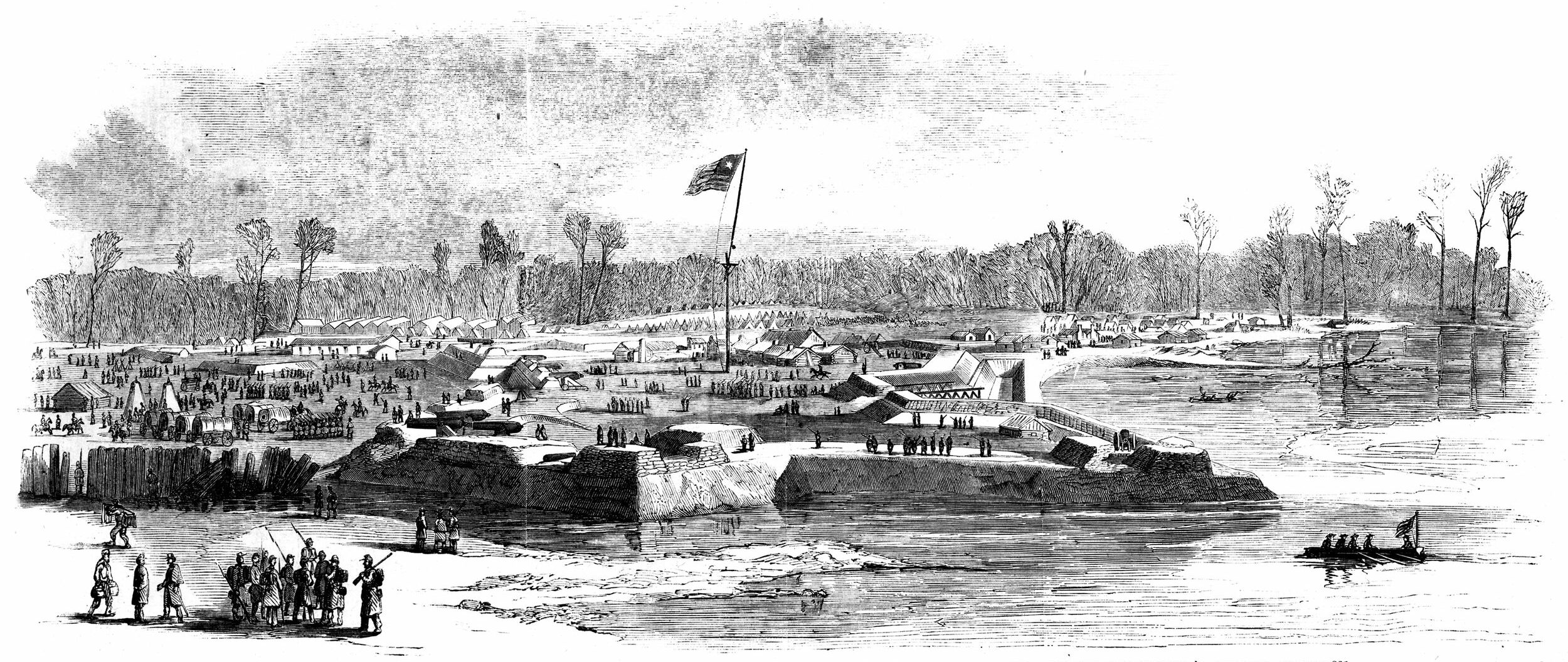
Halleck actually was thinking along the same lines, but he was not keen on having Grant suggest it to him. Others such as Charles Whittlesey, chief engineer of the Department of Ohio, had earlier suggested an advance up the Cumberland and Tennessee Rivers. Halleck received an incentive to take action when U.S. President Abraham Lincoln on January 27 issued General War Order No. 1 that “the 22 day of February, 1862, be the day for a general movement of the land and naval forces of the United States against the insurgent forces.”
On January 29, Halleck received a telegraph from McClellan informing him that General Pierre Gustave Toutant Beauregard was ordered west from Virginia with 15 regiments to support Johnston. While it was true that Beauregard was headed to help Johnston, he had no reinforcements with him. The rumor motivated Halleck to order Grant to capture and hold Fort Henry the following day.
It was the news Grant had been waiting for, and he hurried to get his men moving before Halleck changed his mind. As the roads were too muddy to march over, Grant’s 17,000 troops would be divided into two divisions and moved by steamboat. Supporting the transports would be gunboats both ironclad and timberclads. Timberclads were wooden side-wheel steamers converted into gunboats by arming them and strengthening them with five inches of oak siding.
On February 2, McClernand’s division departed Cairo headed for Paducah to join Smith’s division. As not all of Grant’s army could fit on the steamers, most of Smith’s division was forced to wait at Paducah while McClernand’s men steamed up the rain-swollen Tennessee River to Fort Henry, reaching it at 4:30 AM on February 4.
With the decision made as to where to land his army, Grant headed upriver with the returning steamers to oversee the movement of Smith’s division. Two of the timberclads searched for torpedoes the Confederates had placed out in the channel but had come loose due to the fast-rising waters of the Tennessee. McClernand’s division, meanwhile, moved inland and began setting up camp around 3 PM. Elements of Smith’s division began arriving in the late afternoon with the rest coming throughout the rainy night and the next day.
While the Federals were coming ashore, a Confederate dispatch rider from the works at Fort Henry rode east to Fort Donelson to warn Tilghman. The dispatch rider reached Donelson around 4 PM and informed the Confederate commander of the Federals’ presence. Tilghman, who had heard the Confederate artillery engage the Essex, rode back to Fort Henry with an escort from the 9th Tennessee Cavalry.
By 11:30 PM Tilghman was back at Fort Henry. To face the Federals, Tilghman had 2,600 poorly armed men. The fort was a five-sided earthwork. Beyond its ramparts were outer entrenchments designed to repulse a land attack. Tilghman had 17 guns, consisting of eight 32-pounders, two 42-pounders, five 18-pounders, one 6-inch rifled gun, and a 128-pounder Columbiad rifled gun.
Tilghman quickly ordered two regiments on the west side of the Tennessee holding the unfinished Fort Heiman to abandon it and cross over to Fort Henry. A couple of companies of Alabama cavalry and a Kentucky spy company were left on the west side of the river to harass the Yankees. In addition to the nearby Federal army, Tilghman also was faced with flooding. The river had begun to rise, and water was flowing into Fort Henry. By the morning of February 5, there were two feet of cold water inside the fort.
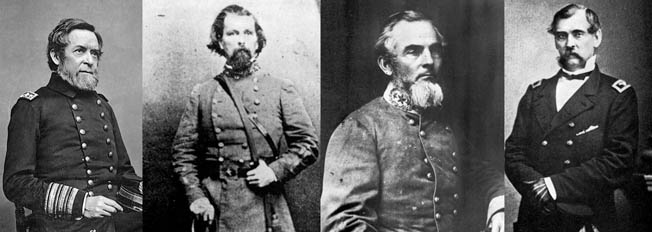
While Smith’s troops continued to arrive on February 5, Foote’s gunboats traded a few shells with the Confederate gunners to little effect. That evening Grant laid out his plans for the next day. The attack was to begin at 11 AM. McClernand’s division was to move east of Fort Henry to take up a blocking position on the route between the Rebel works and Fort Donelson. When Grant gave the order, they were to storm Fort Henry. Two of Smith’s brigades, which had landed on the west side of the river, were to capture Fort Heiman and place guns on it. Then, the bulk of the infantry was to cross the river by steamer and join in the attack on the fort. Smith’s third brigade was to remain on the east side of the Tennessee and help McClernand if needed. The gunboats, meanwhile, were to steam upriver and attack the fort.
With no reinforcements coming and the Federal army expanding, Tilghman realized he could not hold Fort Henry. After a meeting with his subordinates, he decided the garrison would abandon the fort and join the troops at Fort Donelson. To buy precious time for the retreating troops, a detachment of gunners from Company B, 1st Tennessee Artillery was to fight a delaying action for one hour.
At 10 AM on February 6, the Confederate garrison retreated from Fort Henry to Fort Donelson. Tilghman accompanied his men for part of the way. He then swung his horse around and returned to join Captain Jesse Taylor, who commanded the artillery at Fort Henry. The Confederate forces braced for the Federal naval attack.
While Grant’s progress was slowed by muddy roads, swollen creeks, and thick woods, the gunboats commenced the attack alone. Closing to within 1,700 yards of Fort Henry, Foote’s ironclad flagship, Cincinnati, fired the signal shot around 12:30 PM for the rest of the ironclads to begin firing. Upon hearing this signal, the gun crews aboard the Essex, Carondelet, and Cincinnati began shelling the target. Essex Second Mate James Laning recalled Foote telling the crew the previous day, “Every charge you fire from one of those guns cost the government approximately eight dollars. If your shots fall short you encourage the enemy. If they reach home you demoralize him, and get the worth of your money.” When the first three shots from the Cincinnati fell short, Laning said, “There was $24 worth ammunition expended.”
The Confederates soon returned fire. Taylor instructed his gun crews to pick a specific target and keep hammering it. The ironclads continued to fire as they closed to within 600 yards of the Rebel works. The more vulnerable timberclads, such as the Lexington, Conestoga, and Tyler, kept their distance, lobbing shells into the fort. Rebel gunners scored multiple hits on several ves- sels. The Essex was hit 14 times. One shell ripped into her middle boiler producing a blast that resulted in a “chasm for the escape of scalding steam and water,” wrote Laning. Thirty-two Union sailors aboard the Essex were killed or injured, including Porter. The Essex dropped out of the fight and drifted downstream where another vessel towed her to safety.
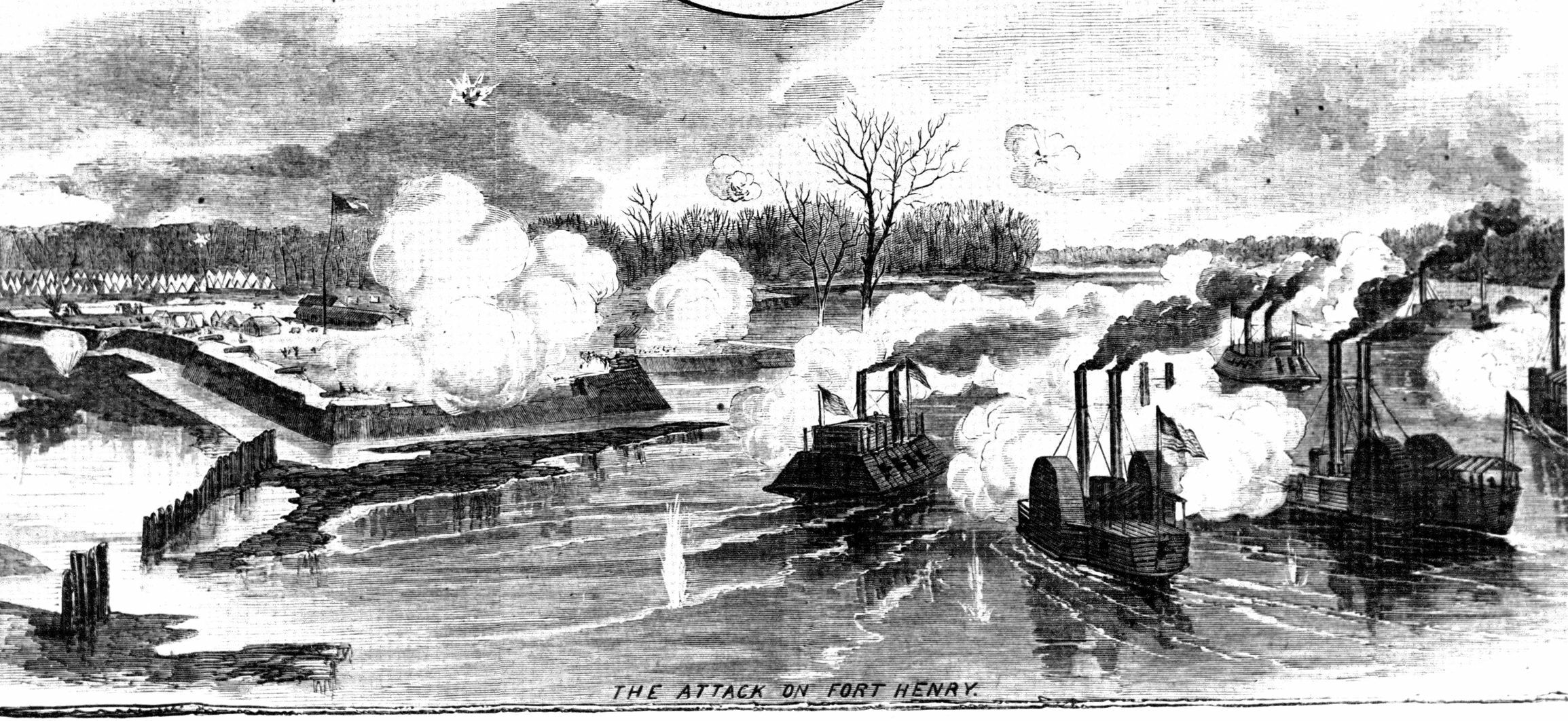
The Confederate gunners on shore were suffering casualties as well. With only four guns still firing, the water inside the fort continuing to rise, and the Federal gunboats within 200 yards, Tilghman decided it was time to surrender. He had bought time for the troops from his garrison to escape. At 1:50 PM, he ordered his men to hoist a flag of truce above the parapet. Dense smoke hid the white flag from the Federal gunboats. The fort continued to receive naval fire, so Tilghman ordered the Confederate colors lowered from the main flagstaff. The Union gunboats had won the battle and captured the fort.
The Federals captured 38 men and two guns before darkness made further pursuit impossible. Afterward, Grant sent off a message to Halleck informing him of the gunboat victory. He advised Halleck that he expected to capture and destroy Fort Donelson on February 8 after which he would return to Fort Henry.
The addition of the Confederate troops who escaped from Fort Henry raised the number of defenders at Fort Donelson to 6,000. Heiman was in temporary command of Fort Donelson. The fort and surrounding earthworks covered 15 acres. The Confederates immediately began improving the defenses of the half-built fort. Over the following five days, they felled trees to improve fields of fire, constructed abatis, and excavated entrenchments and rifle pits. They managed to complete crescent-shaped outer works that covered the fort and the town of Dover to the south. The unfinished north section of the fort was protected not only by a swamp, but also by a flooded creek.
Colonel Johnston arrived from Nashville to replace Heiman as the commander of Fort Donelson on February 7. Senior Confederate commanders—Johnston, Beauregard, and Maj. Gen. William Hardee—met in Bowling Green, Kentucky, to discuss the loss of Fort Henry and the anticipated followup attack by the Federals on Fort Donelson. Despite Beauregard’s suggestion that they concentrate all their troops at Fort Donelson to fight a decisive battle with Grant, Johnston decided that the Confederates would temporarily withdraw from Kentucky and form a new defensive line south of the Cumberland River.
Johnston’s plan required the evacuation of Bowling Green and Columbus. Fort Donelson also would have to be evacuated. For the time being, though, Johnston would reinforce it to delay the Yankees so that Confederate troops retreating from Bowling Green could reach Nashville. At that time, Johnston hoped that the large force at Fort Donelson could slip out and rejoin the army. Despite the importance Fort Donelson was to play in Johnston’s plan, he did not visit the fort. Instead, he oversaw the withdrawal from Bowling Green while Beauregard headed to Columbus to oversee the evac- uation there. The defense of Fort Donelson fell to Brig. Gen. Simon Buckner, Brig. Gen. Gideon Pillow, and Brig. Gen. John Floyd. Floyd was the senior general and therefore the overall commander. He commanded not only the forces at Fort Donelson, but also those posted nearby on the Cumberland River.
Floyd, a Virginian, had served as Secretary of War under President James Buchanan. He had tendered his resignation because he disapproved of Buchanan’s decision to allow Major Robert Anderson to continue to occupy Fort Sumer. He had held the cabinet post amid rumors of wrongdoings that resulted in congressional investigations. He had vacillated over where the Southern states should secede from the Union. Initially, he adamantly opposed secession, and then he just as adamantly supported it. This was also the way he ruled troops in the field. He was irresolute most of the time, to the great detriment of the men he led in battle.
Pillow, a Tennessean and veteran of the Mexican War, was the sort who looked out for his own interests at the expense of everyone else. He was vain, quarrelsome, and an ineffective commander. Pillow arrived at Fort Donelson with reinforcements and took command on February 9.
Kentuckian Buckner was the most able of the three commanders. He hailed from Hart County in central Kentucky. He did not own slaves and he did not support secession but nevertheless decided to fight for the South. As a dashing young officer, he had served with distinction in the Mexican War. He showed his mettle at Churubusco, where he was breveted first lieutenant, and at Molino del Ray, where he was breveted captain, and at Chapultepec and the Belen Gate. After the war, he served a stint as assistant instructor of infantry tactics at West Point.
As more troops and supplies arrived, work accelerated on the fort’s outer defenses. Artillerymen drilled on the fort’s dozen guns in the two water batteries that were well positioned to cover the river approach to the fort. The disparate cavalry companies at the fort were consolidated under Lt. Col. Nathan Bedford Forrest, who arrived with his 3rd Tennessee Cavalry on February 11. The competent Forrest established routine cavalry patrols in the direction of Fort Henry.
Floyd and Buckner did not like the idea of having their troops besieged in Fort Donelson. Instead, they wanted to leave a small force at Donelson and march the bulk of their forces against Grant’s supply line. Pillow did not like their plan. He did not believe it adhered to Johnston’s orders. Pillow therefore refused to release Buckner’s division stationed at Fort Donelson. Leaving Buckner, who had arrived on February 11, temporarily in charge of the fort, Pillow visited Floyd at Clarksville on the morning of February 12 to explain his view. By that time, it did not matter because Grant’s forces had arrived outside Fort Donelson. Rain, sleet, and muddy roads had kept Grant from marching for six days after the capture of Fort Henry. While some of Foote’s gunboats returned to Cairo for repair, the timberclads under Lieutenant Ledyard Phelps set off on a raid that took them 150 miles up the Tennessee River to Florence, Alabama.
Grant had 15,000 men in three divisions. He sent McClernand’s division on the road to Fort Donelson on February 11; the rest of the troops set out the next morning. The weather was improving to the delight of the soldiers. The Federals marched without tents and baggage, which made it easier to enjoy the sunny winter day. “We took nothing with us but our blankets and haversacks, three days rations of crackers and boiled pork; our muskets and cartridge boxes with forty rounds of cartridges,” wrote Sergeant F.F. Kiner of the 14th Iowa of Smith’s division. Many of the men tossed their overcoats to the side to lighten their load. They would soon regret doing so.
Scattered shots rang out that morning as Forrest’s troopers engaged elements of McClernand’s division. The Rebels soon fell back to the protection of the earthworks. Grant deployed McClernand’s division on the right and Smith’s division on the left.
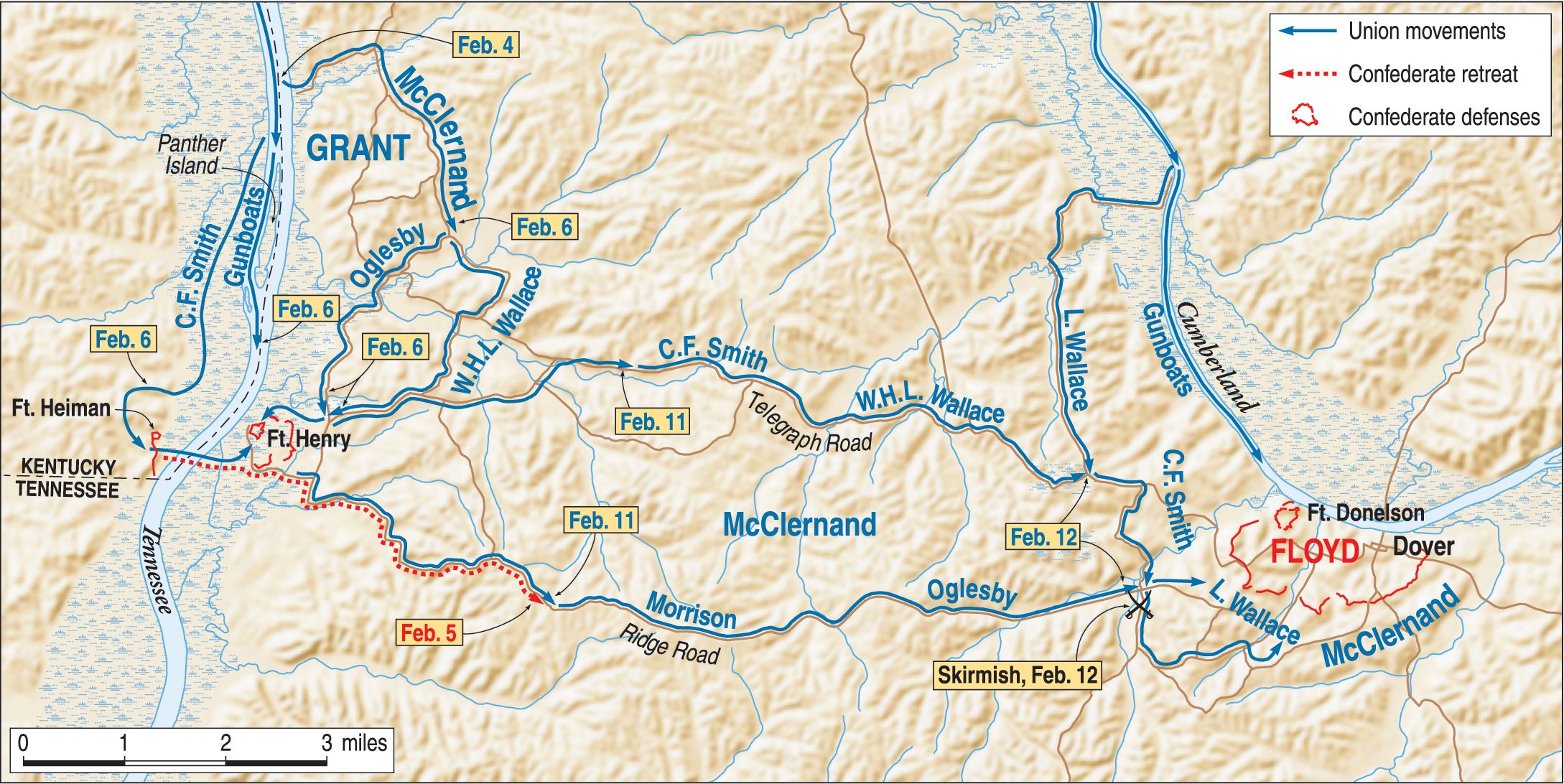
The gunboat Carondelet arrived and let her presence be known by firing on the fort. Based on information from captured Confederate pickets, Grant slightly overestimated the number of Confederates at Fort Donelson. He believed there were as many as 20,000 men defending the outer-works and the fort.
The temperature plummeted that night and both sides endured sleet. On the morning of February 13, McClernand ordered his troops to extend their line toward the Cumberland River. Meanwhile, Smith’s troops reconnoitered the Confederate right. Both division commanders were under orders not to bring on a general engagement because Grant was waiting for reinforcements to arrive. He sent word to General Wallace, whose division had been left behind at Fort Henry, to come at once with his men.
Both Floyd and Pillow returned to Fort Donelson with additional troops. Troops continued to arrive throughout the day, bringing the total to 17,000 men. Pillow took command of the left wing opposite McClernand, and Buckner took charge of the right wing opposite Smith.
To create a diversion for McClernand and Smith, the Carondelet began firing on the Confederate water batteries. The Confederate gunners returned fire with their two long-range guns. During the artillery duel, a 128-pound shell from a Rebel Columbiad hit the Carondelet, wounding six sailors. Having suffered damage to its engine, the Carondelet withdrew downriver. After transferring its wounded to the steamer Alps, the gunboat returned to action.
While the batteries and the gunboat traded fire, Smith ordered Colonel John Cook’s brigade, which was composed of Illinoisans and Indianans, and Colonel Jacob Lauman’s brigade, made up of Iowans and Indianans, to advance against Buckner’s two brigades, which were mostly composed of Kentuckians and Tennesseans. The Federals encountered thick abatis that slowed their advance. When Confederate artillery began shelling the Federals entangled in the obstructions, they pulled back.
McClernand’s men were under heavy fire from a battery positioned in a salient near the center of the enemy lines. McClernand ordered his guns to silence it. Then, at 1 PM, he ordered two regiments from Colonel William Morrison’s brigade and a regiment from Colonel W.H.L Wallace’s brigade to storm the Rebel battery known as Redan No. 2. The Confederates repulsed the attack. The heavy artillery fire ignited fires in the forest, endangering Union soldiers too badly wounded to escape. In an act of mercy, Rebels went into the woods to rescue some of these men from the horrible fate that awaited them.
Snow fell throughout the night of February 13-14, increasing the suffering of the men on the front lines. Foote arrived at 12 AM with three ironclads, two timberclads, and steamers bearing more Federal reinforcements. Grant hoped that he could compel the Rebels at Fort Donelson to surrender by employing heavy naval bombardment as he had at Fort Henry.
Early on the morning of February 14, Floyd met his generals at Dover to discuss the situation. They agreed to evacuate Fort Donelson. The plan called for Pillow to attack the Federal right, which would open a retreat route to Nashville, while Buckner’s troops served as the rear guard. As it turned out, there would be no breakout. Pillow’s men, who did not get into position until 1 PM, had hardly started out before Pillow called off the attack. He did so on the grounds that it was too late in the day. The Confederates resolved to try to break out the following morning.
Meanwhile, more Federal troops arrived. General Wallace’s command arrived at 12 PM. Grant ordered him to deploy his troops between the divisions of Smith and McClernand. McClernand was still unable to stretch his line all the way to the Cumberland River even when Colonel John McArthur’s brigade from Smith’s division reinforced him.
At 3 PM Foote ordered his ironclads to shell Fort Donelson. In response, the Carondelet, Pittsburgh, Louisville, and Foote’s flagship St. Louis moved into position. The timberclads Tyler and Conestoga followed to furnish additional firepower.
As the ironclads steamed around a bend in the river, a Confederate 10-inch Columbiad opened up. When the gunboats got to within a mile of the batteries they returned fire. Foote’s gunboats closed to within 400 yards of the batteries, taking a pounding from the Confederate guns. The Louisville was heavily damaged and drifted downstream. The St. Louis was struck 59 times; a shot through the pilothouse injured Foote. The Confederates hit the Carondelet 54 times. Both the Carondelet and Pittsburgh took on water. A cheer erupted from the Confederate soldiers as the Federal gunboats withdrew.
Despite their victory over the gunboats, Floyd, Pillow, and Buckner met again to discuss breaking out of Fort Donelson the next morning. The plan they agreed on was basically the same as that of the night before. Pillow would attack McClernand’s division, pushing it to the west to open up an avenue of escape via Wynn’s Ferry and Forge Roads, which were the principal routes Nashville. With a regiment from the garrison left to face Smith, Buckner would move to the center and strike McClernand’s troops in the flank and rear. Buckner’s troops would then fight a rearguard action until the bulk of the Confederate forces had escaped. The retreating Confederates would then make their way to Nashville.
After enduring another bone-chilling night on February 14-15, the Confederates shifted their troops shortly after dawn. Pillow and Johnson attacked the Federal right flank with 14 regiments. The troops on the Federal right braced for the Confederate attack. “We formed the line of battle expecting only a slight skir- mish, but when we came to the brow of the hill we saw our mistake for we could see them com- ing in columns of regiments and the firing was terrific,” wrote Lieutenant W.D. Harland of the 18th Illinois of Colonel Richard Oglesby’s brigade. The combatants fought furiously in the snow-covered woods, ravines, and roadways. After some hard fighting, the Confederates suc- cessfully pushed the Federals to their left.
Buckner’s troops joined the battle at 7 AM, striking Colonel Wallace’s brigade in the center of McClernand’s line near Wynn’s Ferry Road. However, the Federals repulsed the attack.
McClernand was in desperate need of help and sent a staff officer to Grant’s headquarters located in a farm house in Smith’s sector. He did not find the commanding general at that location because Grant had gone to confer with the wounded Foote on his flagship. McClernand also sent a request to General Wallace for assistance. Wallace was reluctant to send help because he had been ordered to hold his position and not to do anything to bring on an engagement. Wallace therefore sent an officer to get clarification from headquarters. Grant, of course, was not there, but one of his aides, Captain William Hillyer, went to find the commander. Although he had not received orders to do so, Wallace nevertheless sent Colonel Charles Cruft’s brigade to the aid of McClernand’s hard-pressed right.
Wild fighting turned the snow red and shrouded the battlefield in gun smoke as the Confederate attack continued throughout the morning. The troops of McArthur, Oglesby, and Cruft ran low on ammunition and took heavy casualties. Just as the Confederates had planned, they were being steadily pushed west. The Confederates launched a ferocious assault on Colonel Wallace’s brigade. They screamed the Rebel yell as they rushed at Wallace’s men. With no reinforcements coming, Wallace ordered his men to withdraw.
Hearing the roar of battle all morning, General Wallace rode over to see for himself what was happening. Wallace met retreating Federals who shouted as they fell back that they needed cartridges. He soon came upon Colonel Wallace and asked how close the Confederates were. They were very close, the colonel said. General Wallace formed the remainder of his division to withstand the attack. For the next hour, his troops repulsed three Confederate assaults.
The Confederate advance was halted, but by early afternoon the Rebels had opened up their escape routes to Nashville. As Buckner’s men, carrying their knapsacks and rations, prepared to hold open the escape route, they were where shocked to see Pillow’s men heading back toward their lines. Pillow believed the plan was for the troops to fall back to their lines, get their gear, and prepare for the evacuation. Buckner protested that they must get out right away. Pillow instead ordered Buckner to fall back as well. When Floyd arrived on the scene, he initially agreed with Buckner but then changed his mind and agreed with Pillow. The Confederate troops turned and headed back to their lines. It would be a costly mistake.
By this time Grant was on the field. Hillyer had told him of the Rebel attack on his lines. Arriving at the place where General Wallace had made his stand he found Wallace and McClernand conversing. “Gentleman, the position on the right must be retaken,” Grant said when informed of the dire situation. The Union commander rode among the Federals and told them to refill their cartridge boxes and reform for battle. He meant to do everything possible to prevent the Rebels from escaping.
Grant believed that the Confederates must have weakened their right to make their all-out attack on the left. “The one who attacks first now will be victorious,” Grant told an aide, adding, “The enemy will have to be in a hurry to get ahead of me.” At 2 PM Grant ordered Smith to attack.
Lauman’s brigade of Smith’s division led the assault with Colonel John Cook’s brigade attacking on their right flank. “Come on you volunteers. Come on!” shouted Smith as he led the attack. “This is your chance. You volunteered to be killed and now you can be!” Pushing up a slope through brush and over logs, Smith’s men overran the 30th Tennessee, which was the lone regiment holding the line for Buckner, and captured their breastworks and rifle pits. Buckner’s returning men prevented Smith from pushing any farther. By 3 PM the Federals controlled the Tennesseans’ earthworks.
General Wallace also launched an assault. He recaptured ground lost to the Rebels in the morning. He was aided by troops from McClernand’s division who had regrouped and by nightfall had retaken much of the lost ground. In the day’s fighting the Confederates lost 2,000 killed and wounded while the Federals suffered 2,800 casualties. Grant’s losses were replaced that evening when more reinforcements arrived by steamer.
Buckner, Pillow, and Floyd met again in the early morning of February 16 in Dover to determine what to do next. Rebel scouts reported that they saw enemy campfires in previously held Confederate positions. The Confederate generals asked Forrest to send out scouts to see if the troops could escape. He returned with news that road near the river was open, but it was flooded for approximately 200 hundred yards in one place. He doubted if infantry could get through, but he was confident that cavalry could make it through the flooded section.

Buckner did not want to risk the lives of his men by fording the frigid water. He doubted they could hold out the next day if the Federals were to attack. Believing they had bought enough time for Johnston to retreat to Nashville, the generals decided to surrender Fort Donelson; however, Pillow and Floyd did not want to be captured. Former Secretary of War Floyd feared the U.S. government might try him for treason. For that reason, he turned over command of Fort Donelson to Pillow. The cowardly Pillow in turn passed command of the fort to Buckner.
Forrest also had no intentions of being captured. “I did not come here to surrender my command,” he said. Bucker agreed to allow Forrest to depart with his command as long as he left before surrender negotiations were underway.
Forrest led his 500 troopers away from the fort at 4 AM, taking some infantry with him. The infantry walked except over the flooded stretches where they rode double behind the troopers. They did not encounter any resistance on the route, and more infantry might have made it out if Buckner had not posted guards to prevent more men from leaving.
Floyd, with his four Virginia regiments and one Mississippi regiment, attempted to board two steamers that were bringing reinforcements. Word of approaching enemy gunboats caused Floyd to hurriedly depart with his Virginians on the boats, thus leaving the new arrivals and the Mississippians behind. As for Pillow, he escaped in a skiff and eventually made his way to Nashville.
A Confederate officer and a bugler took Buckner’s surrender note to the Federal lines. The two Confederates were escorted to Smith, who took them to see Grant. Grant read Buckner’s note in which he requested the appointment of commissioners for the purpose of agreeing upon terms of capitulation. Grant asked Smith what answer he should give. “No terms to the damned Rebels,” replied Smith. Grant heeded the advice. “No terms except unconditional and immediate surrender can be accepted,” Grant informed Buckner.
With no option left, Buckner surrendered and 14,600 Confederate troops became prisoners of war. With the capture of Forts Henry and Donelson, and shortly afterward Nashville and Columbus, the Federals gained control of Kentucky as well much of middle Tennessee. “Unconditional Surrender” Grant, as the Northern press dubbed him, and Foote had give the Union their first major victories of the war.
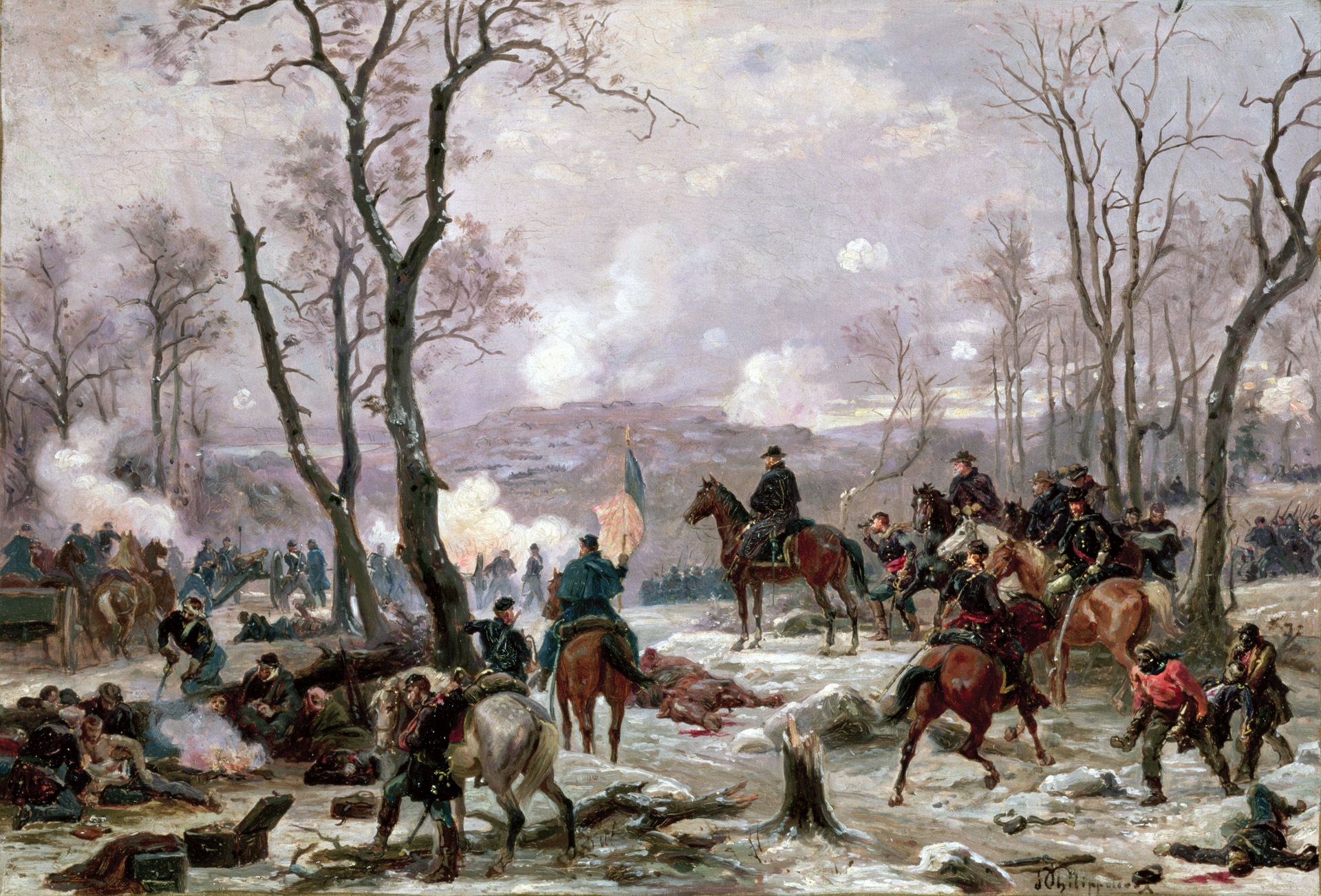

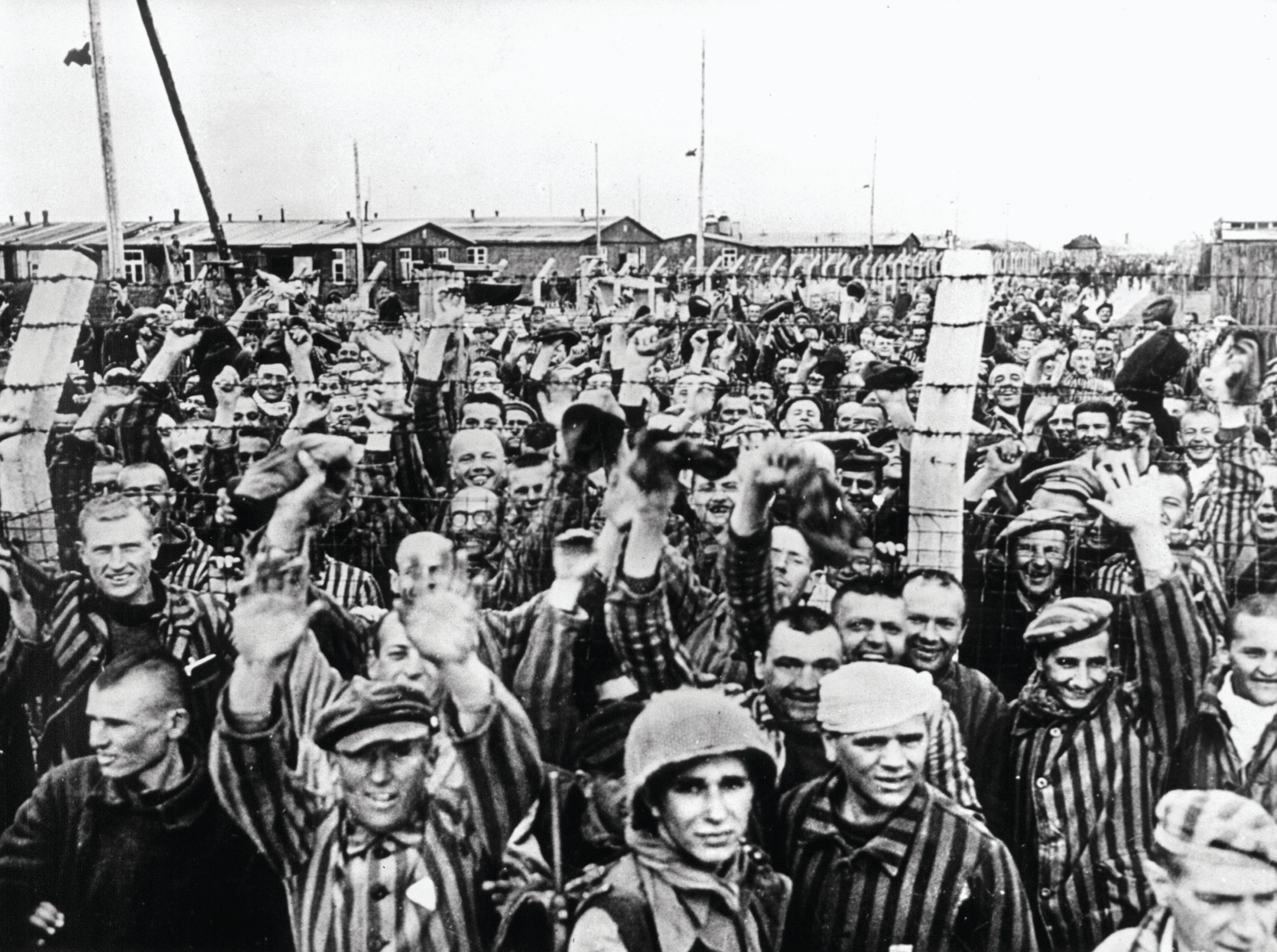
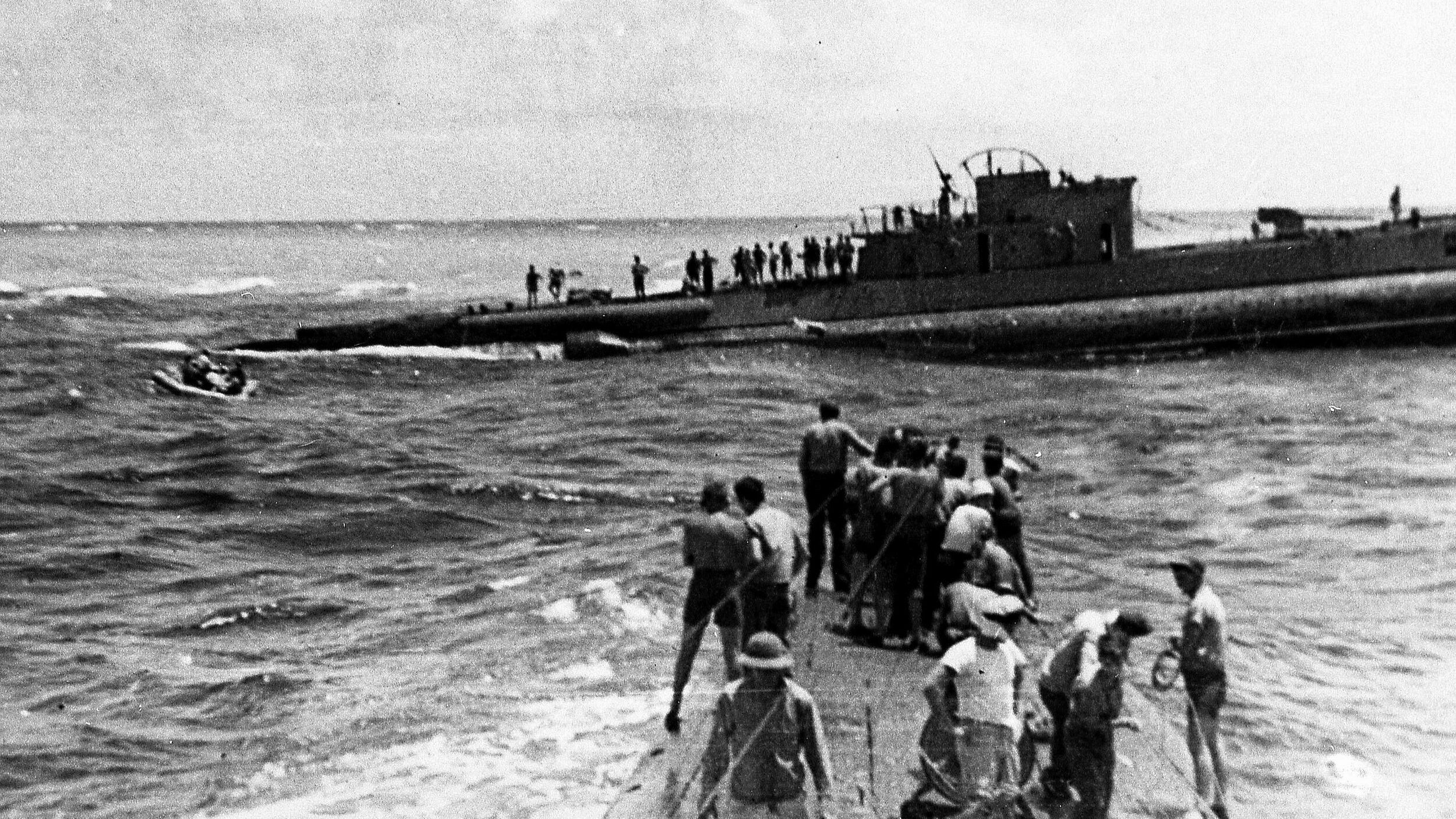
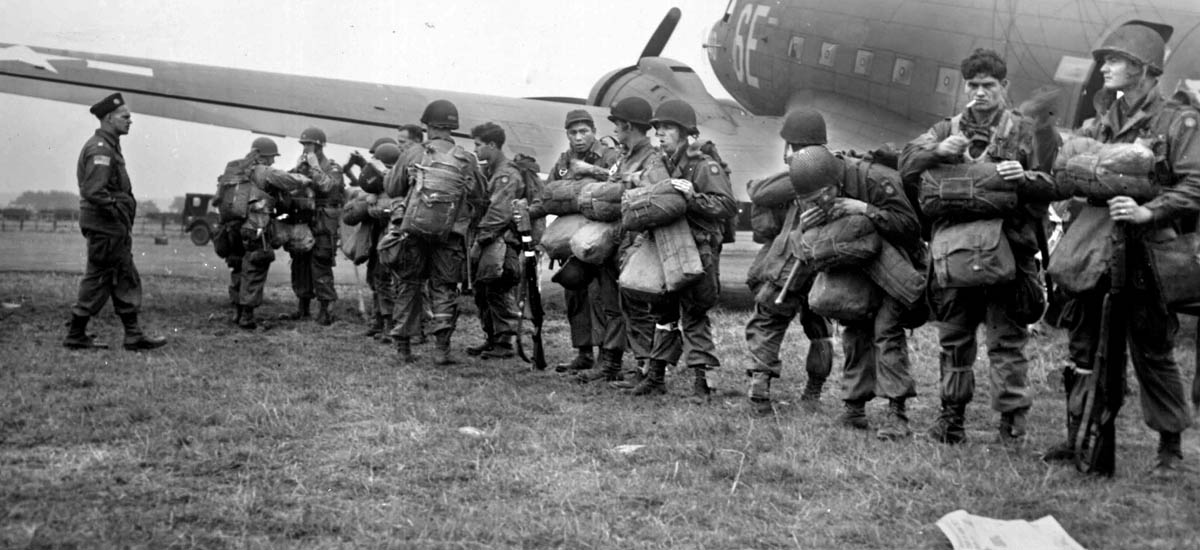
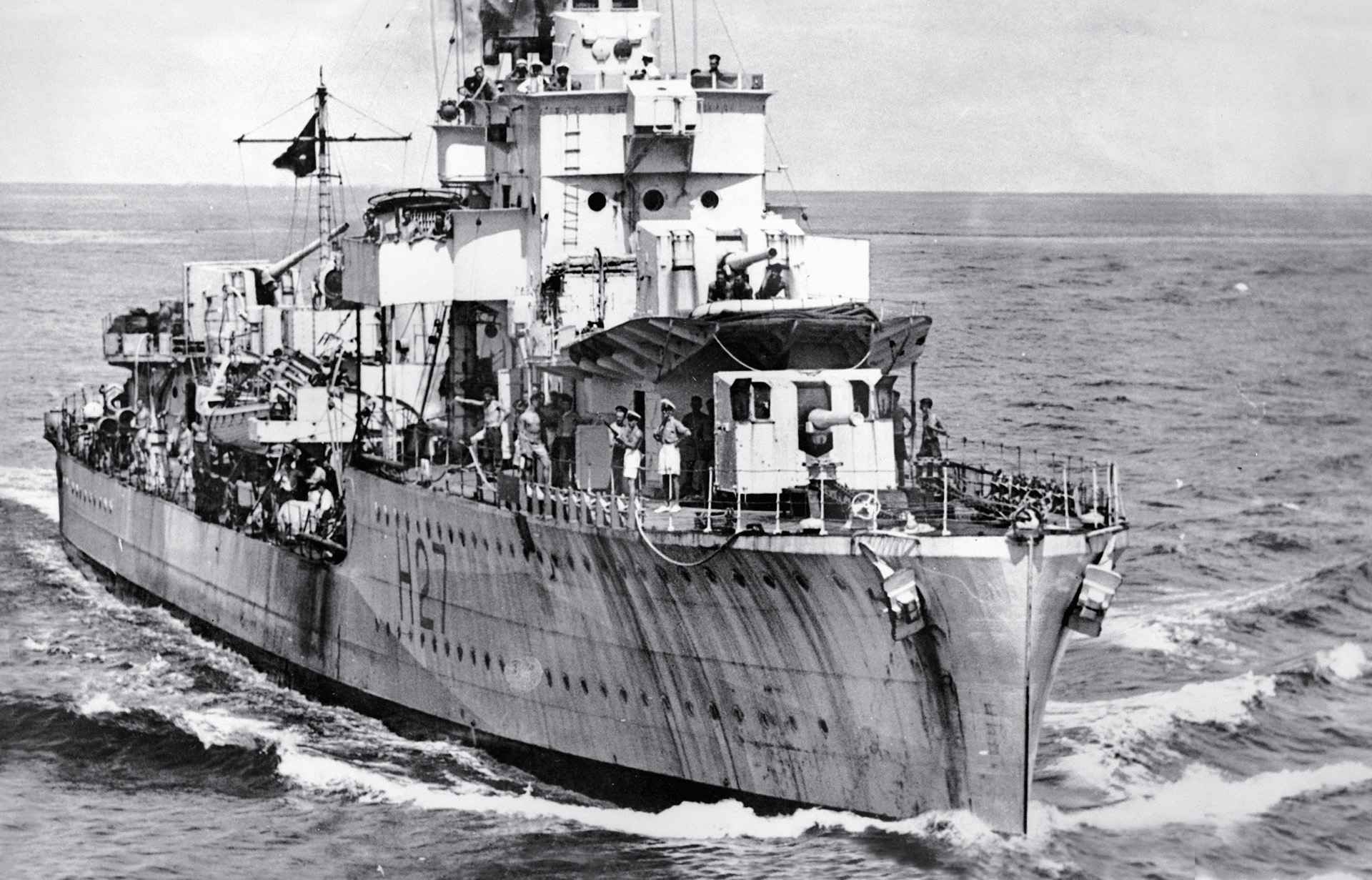
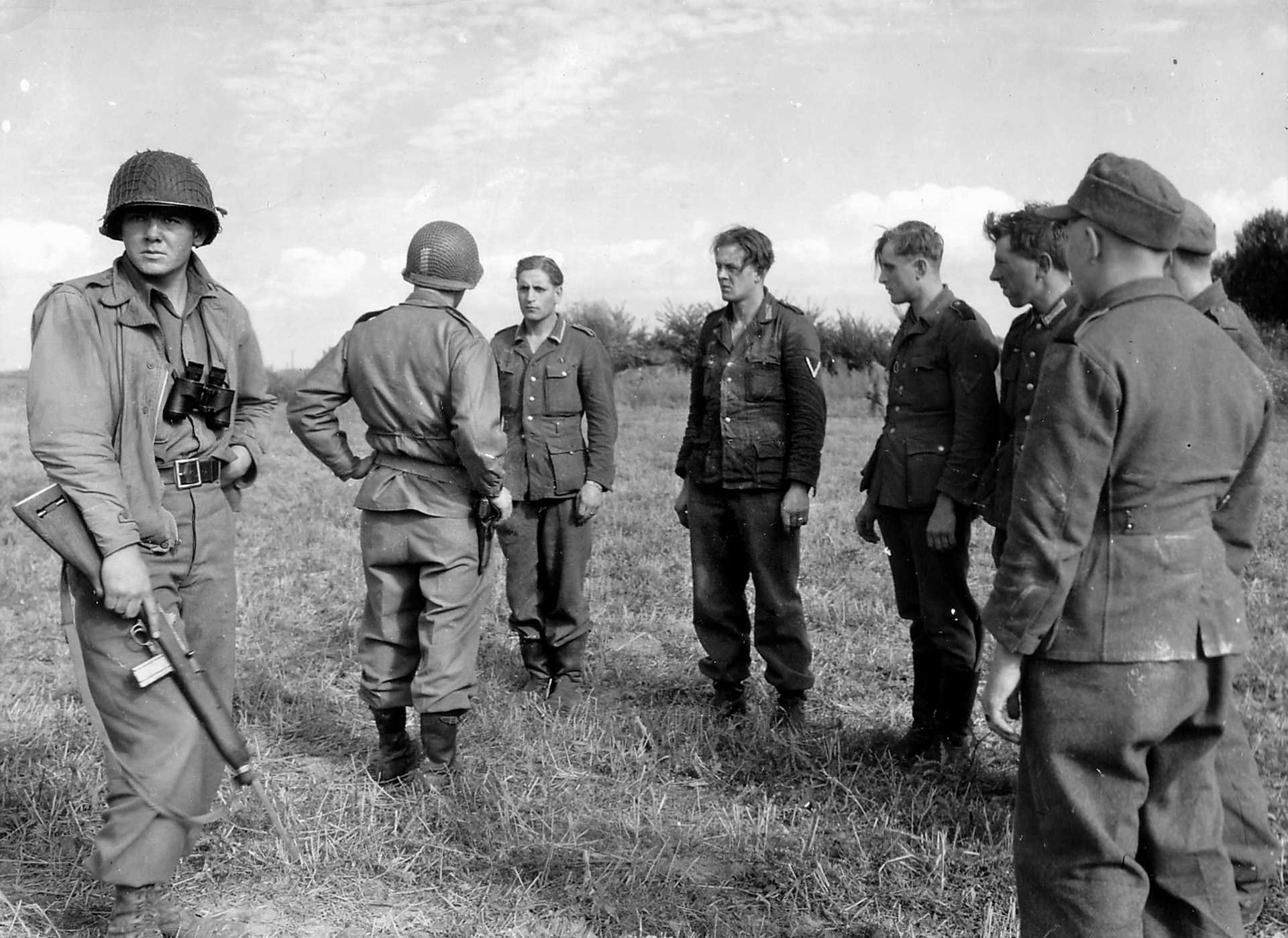
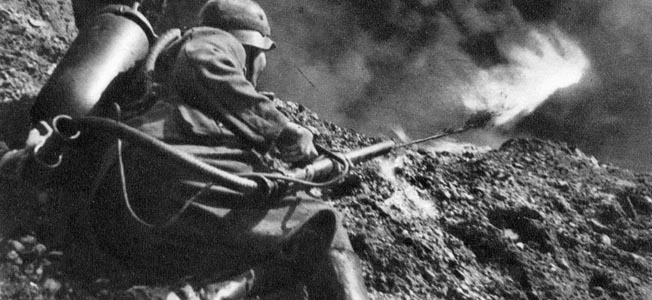
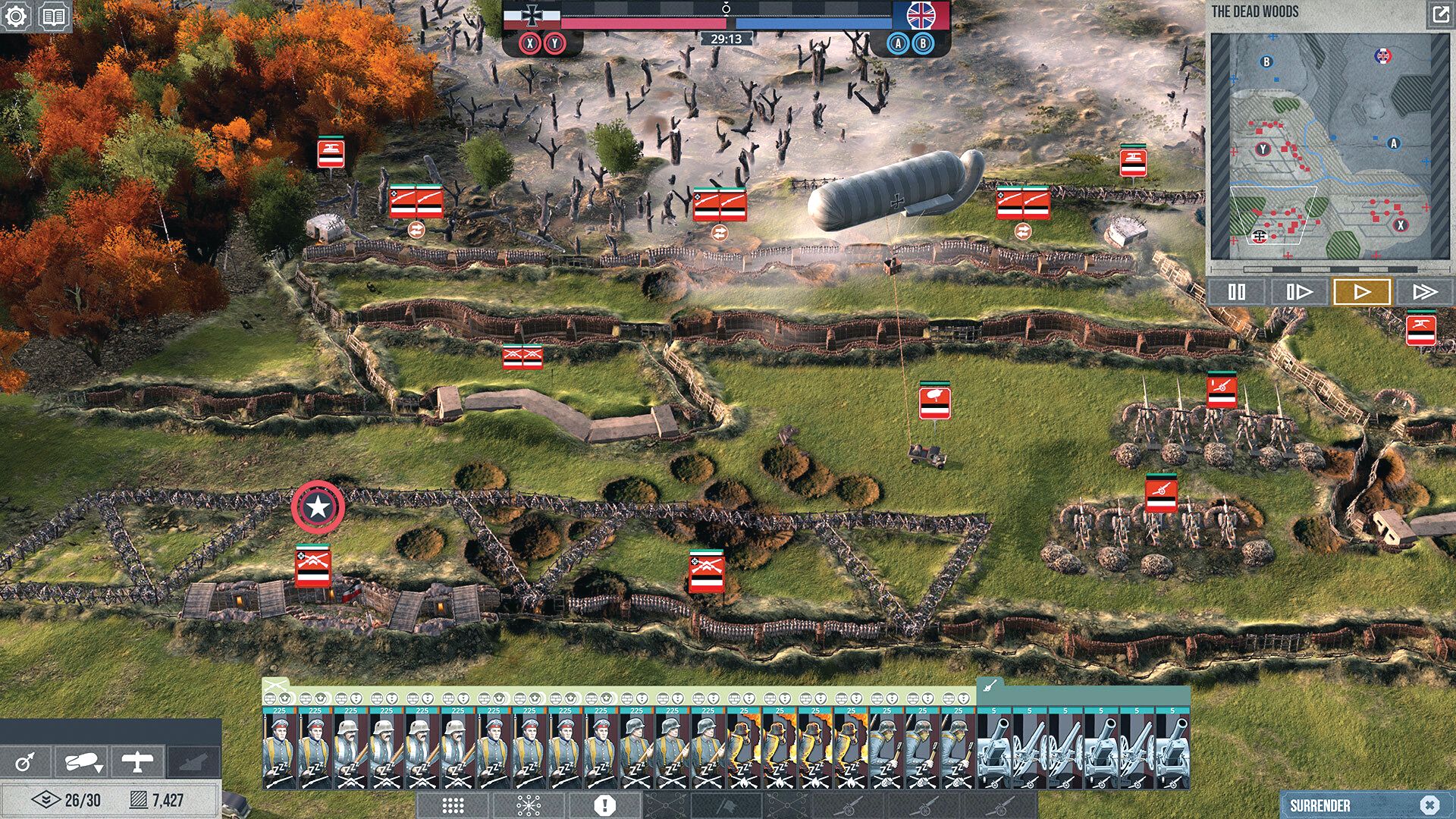
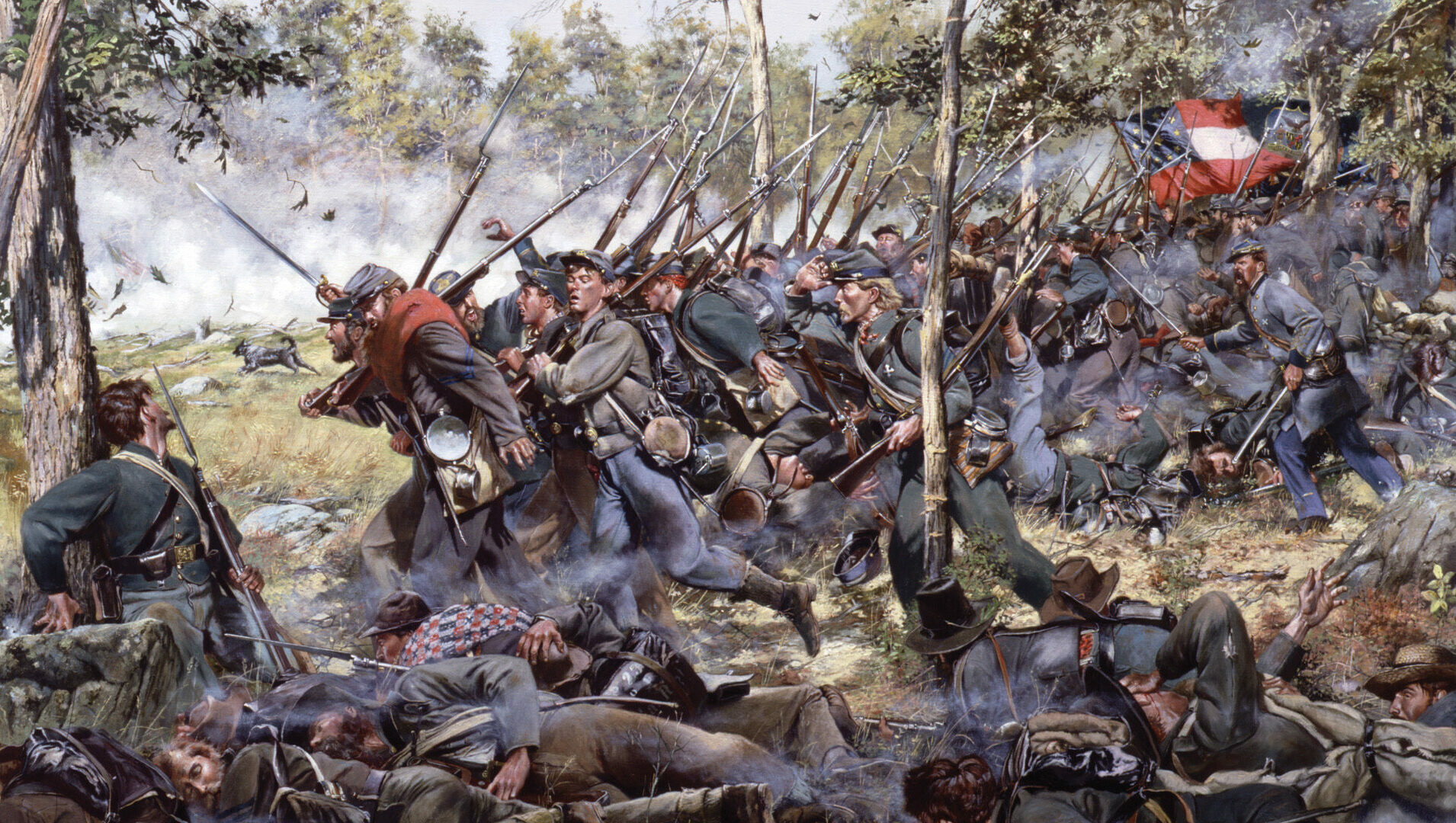
Join The Conversation
Comments
View All Comments